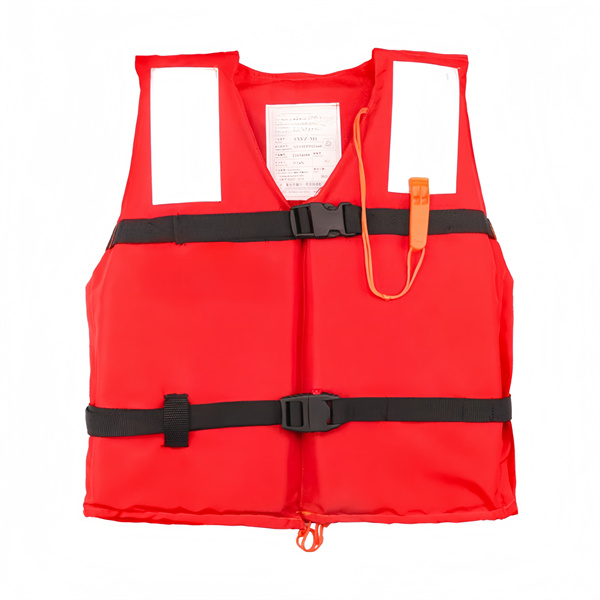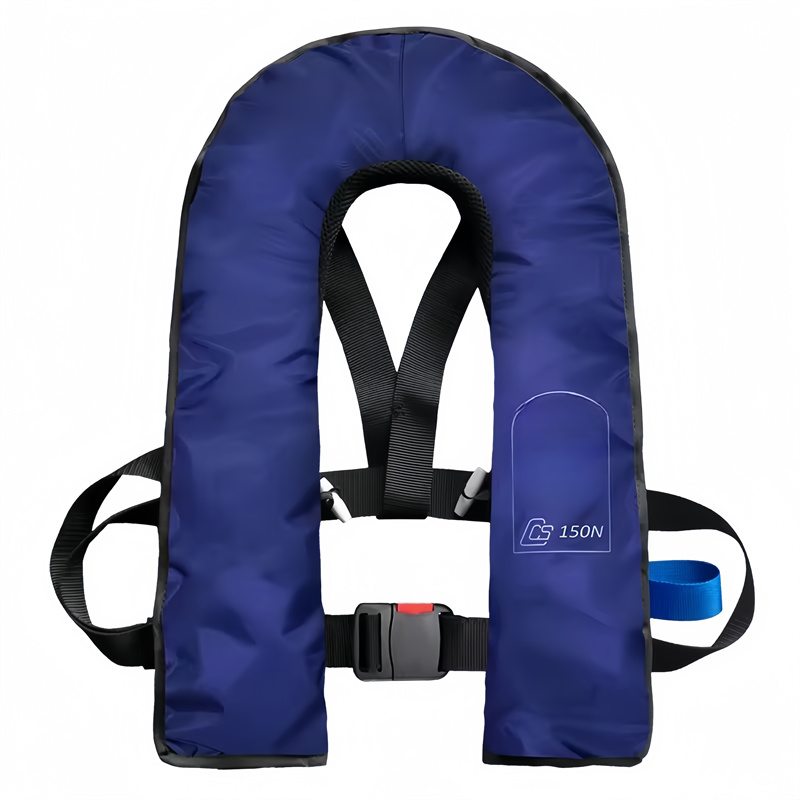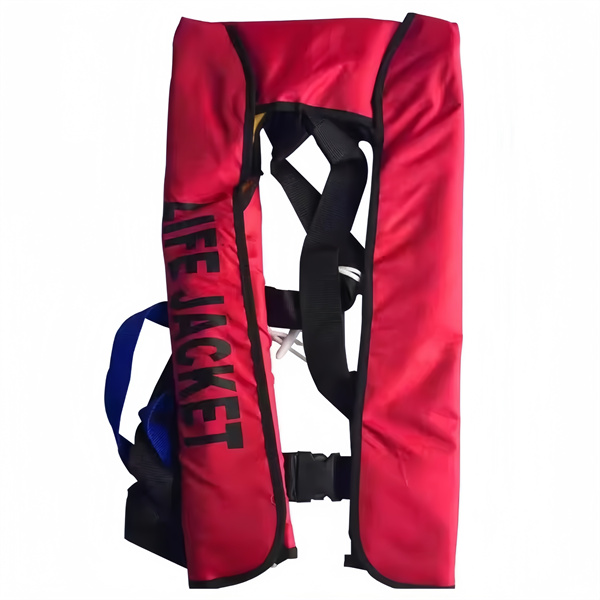How to Select the Right Life Jackets for Different Water Activities
Life jackets are essential safety gear for anyone engaging in water activities. However, different water activities require specific types of life jackets designed to provide the right balance of buoyancy, comfort, and mobility. This article explores the different types of life jackets suited for various water activities and the features that make them ideal for each specific use.

Understanding the Basics of Life Jackets
This chart summarizing the basics of life jackets can be a useful way to visualize the important information.
| Aspect | Description |
| Types | Offshore Life Jackets (Type I): For open, rough waters. High buoyancy and can turn unconscious wearers face-up. Near-Shore Vests (Type II): For calm, inland waters. Less buoyant and less likely to turn wearers face-up. Flotation Aids (Type III): For calm waters where quick rescue is likely. Comfortable and used for various water activities. Throwable Devices (Type IV): Not wearable. Thrown to person in water. Includes rings and cushions. Special Use Devices (Type V): Specific uses like kayaking or windsurfing. Must be worn as specified on the label. |
| Buoyancy | Measurement of how much weight the life jacket can support in the water. Offshore life jackets offer the highest buoyancy (over 22 lbs), followed by near-shore vests (15.5 lbs) and flotation aids (15.5 lbs). |
| Material | Common materials include nylon, neoprene, and PVC foam. Durable, water-resistant materials are preferred. |
| Fit | Should be snug but comfortable. Adjustable straps for a secure fit. Adult, child, and infant sizes available. |
| Certification | Must be U.S. Coast Guard (USCG) approved. Look for the approval label to ensure it meets safety standards. |
| Maintenance | Rinse with fresh water after use, dry thoroughly, check for rips, tears, or punctures regularly. Store in a cool, dry place. |
| Usage Tips | Always wear a life jacket when on or near the water. Ensure the correct type for the activity. Make sure it’s properly fastened and fits well. |

Types of Life Jackets Suited for Different Water Activities
1. Boating and Sailing
- Type I Offshore Life Jackets: Designed for open, rough, or remote waters where rescue may be delayed. These life jackets provide the highest level of buoyancy (22 pounds or more) and are designed to turn most unconscious wearers face-up in the water. They are bulky but offer maximum safety for offshore conditions.
- Type II Near-Shore Buoyant Vests: Suitable for calmer, inland waters where a quick rescue is likely. These river jackets provide less buoyancy (15.5 pounds) than Type I and are more comfortable for extended wear. They are often used for recreational boating and sailing in areas close to shore.
- Type III Flotation Aids: Commonly used for general boating, fishing, and sailing in inland waters. They offer the same buoyancy as Type II but are designed for comfort and mobility, making them suitable for activities where the user is likely to be conscious and able to assist in their own rescue.

2. Kayaking and Canoeing
- Type III Flotation Aids: The preferred choice for kayakers and canoeists due to their balance of safety and freedom of movement. These life jackets often have features such as larger armholes, multiple adjustment points, and pockets for storing gear. They are designed to keep the wearer upright and stable without restricting paddling motions.
- Low-Profile PFDs: Designed specifically for active paddlers, these jackets are less bulky and allow for a full range of motion. They often come with mesh panels for ventilation and quick-drying materials to enhance comfort during extended paddling sessions.
3. Stand-Up Paddleboarding (SUP)
- Inflatable Belt PFDs: Popular among paddleboarders, these life jackets are worn around the waist like a belt and inflated manually when needed. They provide minimal interference with paddling and are lightweight and unobtrusive, making them ideal for the freedom required in SUP.
- Vest-Style PFDs: For those who prefer traditional life jackets, low-profile Type III vests offer the right balance of safety and mobility. They are designed to sit high on the chest, keeping the lower back free, which is beneficial for the paddling posture.

4. Water Skiing and Wakeboarding
- Type III Flotation Aids: These life jackets are designed to provide buoyancy without hindering the wearer’s ability to move and perform tricks. They are made from flexible, high-impact materials to protect against falls and collisions while allowing for a snug fit that stays in place during high-speed activities.
- Impact Vests: Specifically engineered for wakeboarding, these vests offer additional padding and protection against hard falls. They are not officially classified as life jackets but provide extra safety for experienced users who prioritize impact protection.
5. Fishing
- Fishing PFDs: Tailored for anglers, these life jackets come with multiple pockets, tool holders, and D-rings for attaching gear. They are usually Type III flotation aids, offering a comfortable fit and enough buoyancy to keep the angler safe while providing easy access to fishing equipment.
- Inflatable PFDs: Popular among professional and recreational anglers, these inflatable life jackets offer high buoyancy when inflated but remain compact and less restrictive when deflated. They can be manually or automatically inflated in the water.

6. Swimming and Snorkeling
- Snorkeling Vests: Designed to provide just enough buoyancy to keep swimmers afloat without hindering movement. These vests are usually less bulky than traditional life jackets and can be inflated or deflated to adjust buoyancy as needed.
- Swim Aids for Children: For young swimmers, swim vests and float suits offer added buoyancy and safety while allowing for a natural swimming motion. These are not life-saving devices but are helpful for building confidence and improving swimming skills.
7. Special Considerations for Children and Pets
- Children’s Life Jackets: Available in various sizes and designs to ensure a secure and comfortable fit. They often come with additional safety features such as crotch straps, head support, and grab handles. It’s crucial to choose a life jacket appropriate for the child’s weight and age.
- Pet Life Jackets: Designed for dogs and other pets, these life jackets provide buoyancy and safety for pets accompanying their owners on water adventures. They come with features like handles for lifting the pet out of the water and reflective strips for visibility.

Conclusion
Selecting the appropriate life jacket for different water activities is crucial for ensuring safety and maximizing enjoyment. Each type of life jacket is designed with specific features to meet the unique demands of the activity, from high buoyancy for offshore sailing to flexible, low-profile designs for paddleboarding.


